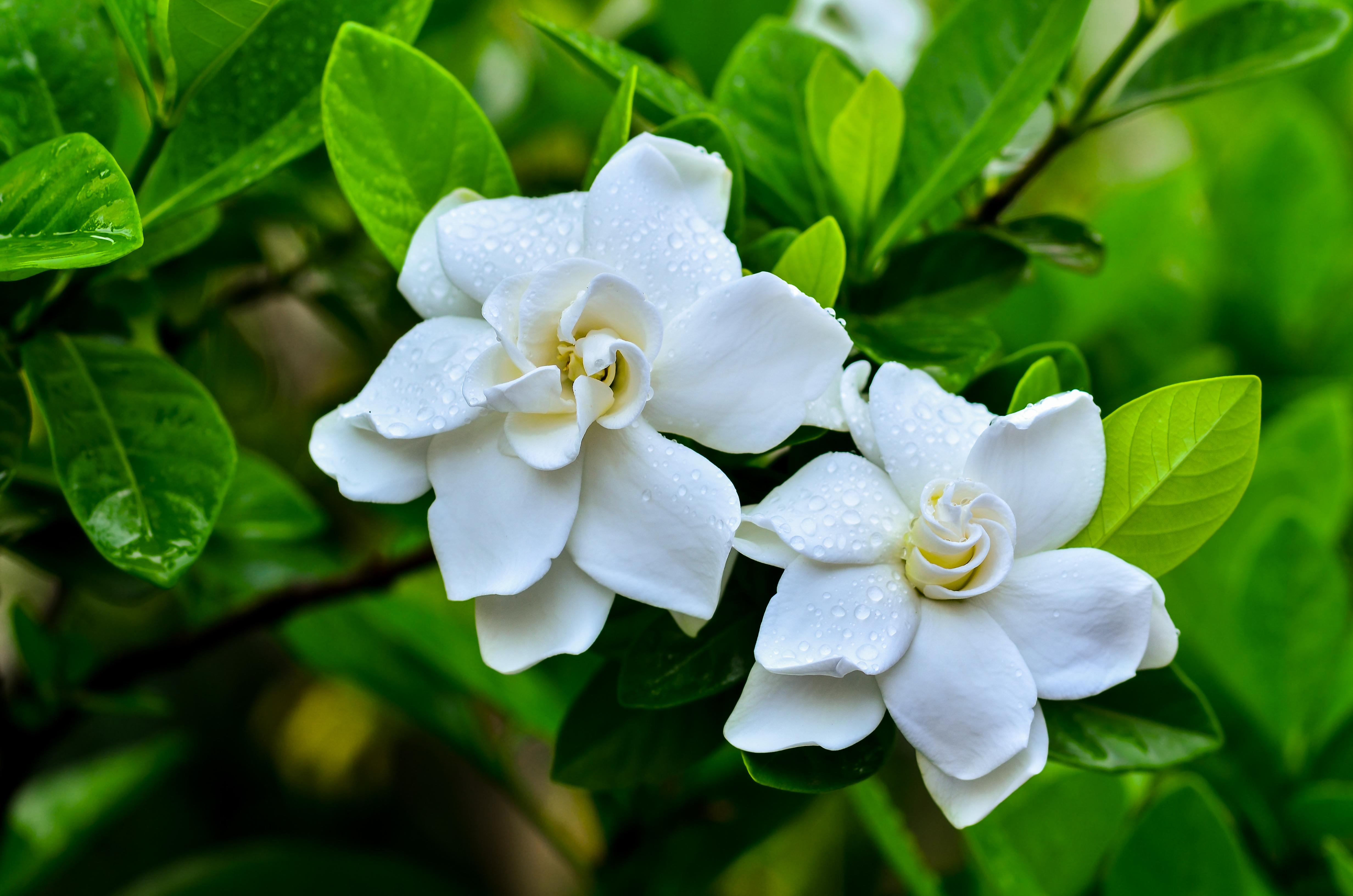Natural Food Colors 101
September 2025Natural food colors are making headlines as popular brands of candy, cereal, and other foods plan to remove artificial colors from their line-up. Here’s what you need to know.
Color additives are used for various reasons, including to make foods look more visually appealing, to replace color loss during processing, and to enhance existing colors. Now the FDA is approving new natural colors – but what are they? Butterfly pea flower extract offers blues, purples, and greens from dried flower petals. Calcium phosphate provides white coloring from minerals. Galdieria extract blue delivers vibrant blue shades derived from red algae. And gardenia (genipin) blue is another natural food coloring that gives a blue color extracted from gardenia fruit.
Be ready to help patients understand the FDA’s process for evaluating color additives. Companies must file a detailed petition – including what the substance is, how it’s made, safety data, and proposed labeling. Then the FDA examines the composition of each substance, how much people are likely to consume, and both short- and long-term health impacts. For approval, an additive must meet a “reasonable certainty of no harm” standard – and the FDA won’t approve anything shown to cause cancer in humans or animals. For example, based on lab and animal studies, galdieria extract blue was found to have no observed adverse effects, with no mutagenic activity and low allergenic risk at expected consumption levels.
These natural food colors address growing concerns about synthetic, petroleum-based dyes by offering natural alternatives, following trends already established in Europe and Canada. However, natural food colors present some challenges versus synthetics. Processing is more complex, and shelf-life is shorter due to instability from heat, light exposure, etc. Additionally, costs are higher and natural colors produce muted, less vibrant hues.
Overall, these new colors add to a selection of natural options that many people seeking cleaner formulations will prefer, but consumers should continue reviewing labels based on their preferences as synthetic dyes continue to be available and used.
See our monographs for gardenia and phosphate salts for more details about some of these products beyond their use as food colors.